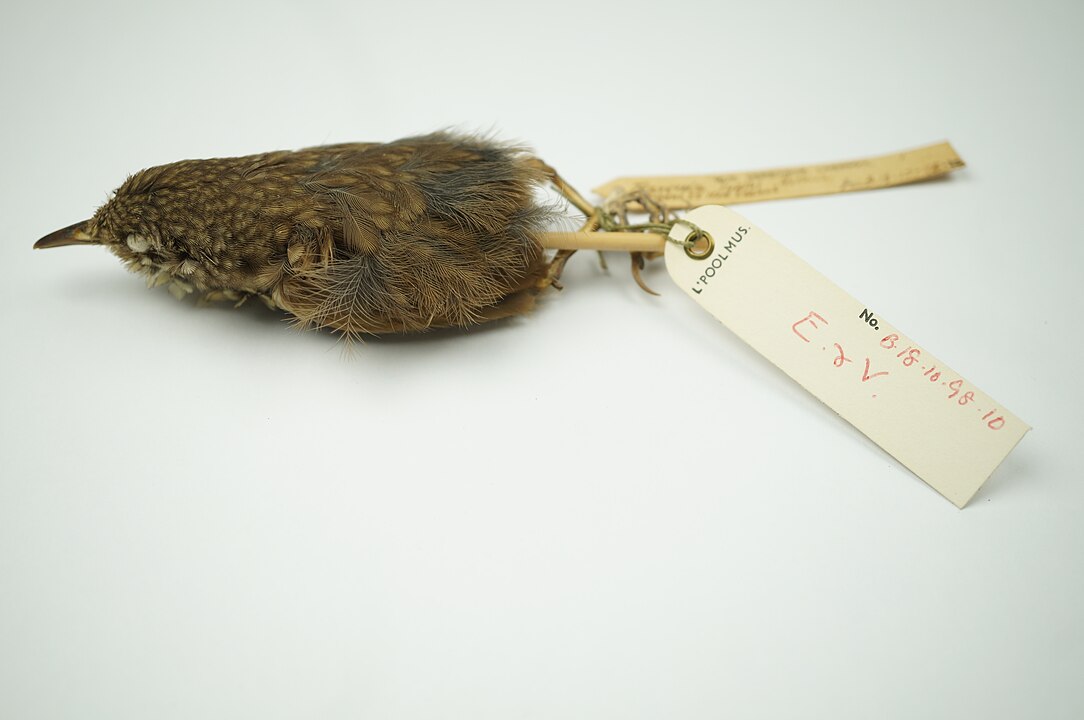There are many people who go on social media and watch funny videos with cats. But there is also a side that is more… different. This involves a lighthouse on a remote New Zealand island, the pregnant kitten «Tibbles» and a small bird – the «Lyall’s wren».
Stephens Island Lighthouse
Lighthouses are usually located on isolated areas of land or islands to safely guide ships through rough waters or around dangerous coastlines. This strategic placement, vital to naval navigation, meant that lighthouse keepers had to live in remote, often inaccessible locations.
The loneliness and monotony of this critical role led many lighthouse keepers to seek the companionship of pets, who provided emotional support and helped manage difficult moments of alienation.
The lighthouse keeper and Tibbles at Stephens Island
David Lyall was a lighthouse keeper who brought his family – his wife, son and a cat – to Stephens Island in the late 19th century.
The isolated island, located in New Zealand’s Cook Strait, was a closed, intact environment due to a lack of human activity. Lyall, as a simple naturalist knew that there would be plenty of species to discover and study.
On Stephens Island, Tibbles found an environment rich with opportunities to indulge her instincts. Without previous exposure to mammalian predators, native species, including the unsuspecting Lyall’s Wrenwere ill-prepared for an experienced cat.
He would bring these birds (sometimes half-eaten and sometimes intact) as “gifts” to Lyall, who performed amateur taxidermy operations on intact specimens and took them to prominent ornithologists of the day, including one named H.H. Travers.
What did this species look like and what characteristics made it special
This bird, later named Lyall’s Wren (Traversia lyalli), exhibited many unique characteristics.
The Lyall’s Wren it was a small bird with big feet. The upper surface was plain dark with a darker brown edge to each wing and a narrow yellowish eye stripe.
The wings and tail were dark brown. The throat and breast were tawny in the male and gray in the female, with thin brown margins on the wings. The sides of the body and the belly were light brown.
Possibly due to an abundance of food or a lack of predators, Lyall’s bird never evolved to fly. It was extremely unique in this respect, being one of the few songbird species without the ability to fly.
Being without the ability to fly, he relied on his agility and camouflage to avoid danger. However, these adaptations were no match for a predatory mammal like Tibbles and her offspring.

The species that no longer exists
As these feral cats multiplied, so did their impact on the island’s fragile ecological balance. Each kitten grew up quickly, learning to hunt and survive in the wild, honing skills that were devastatingly effective against native species such as this bird.
Within a year of the arrival of the pregnant woman Tibbles, the Lyall’s Wren population had plummeted. The few specimens collected and preserved by David Lyall were sent to various museums.
Unfortunately, by the time the effect these cats had on the birds was fully understood, it was too late. The last known sighting of a live Lyall’s Wren was in 1895, just a year after Tibbles was transferred to Stephens Island.
Because flightless birds suffer the most from extinction
Unfortunately for Lyall’s wrens, their lack of flight made them easy targets for the island’s growing cat population. When predator species are introduced into an ecosystem, flightless birds tend to be at greater risk of extinction, according to with a 2020 article in Science Advances.
In this context, the human factor is the main responsible. Humans laid the groundwork for the extinction of the species Lyall introducing a non-native animal species to the island.
Tibbles’ predatory behavior was natural and instinctive, but the introduction of such predators in a sensitive ecosystem it was an inadvertent human error.
Source: www.enikos.gr


